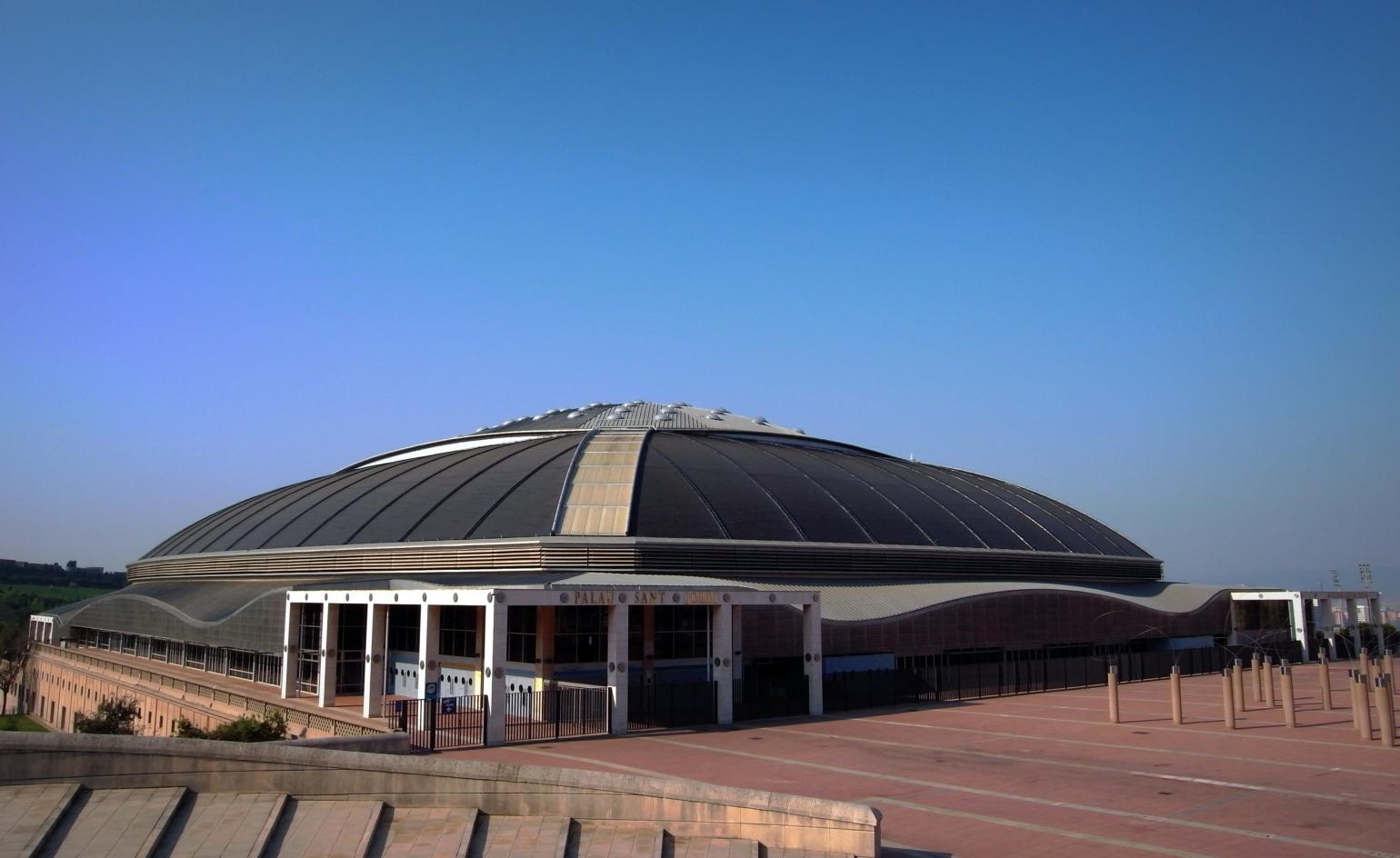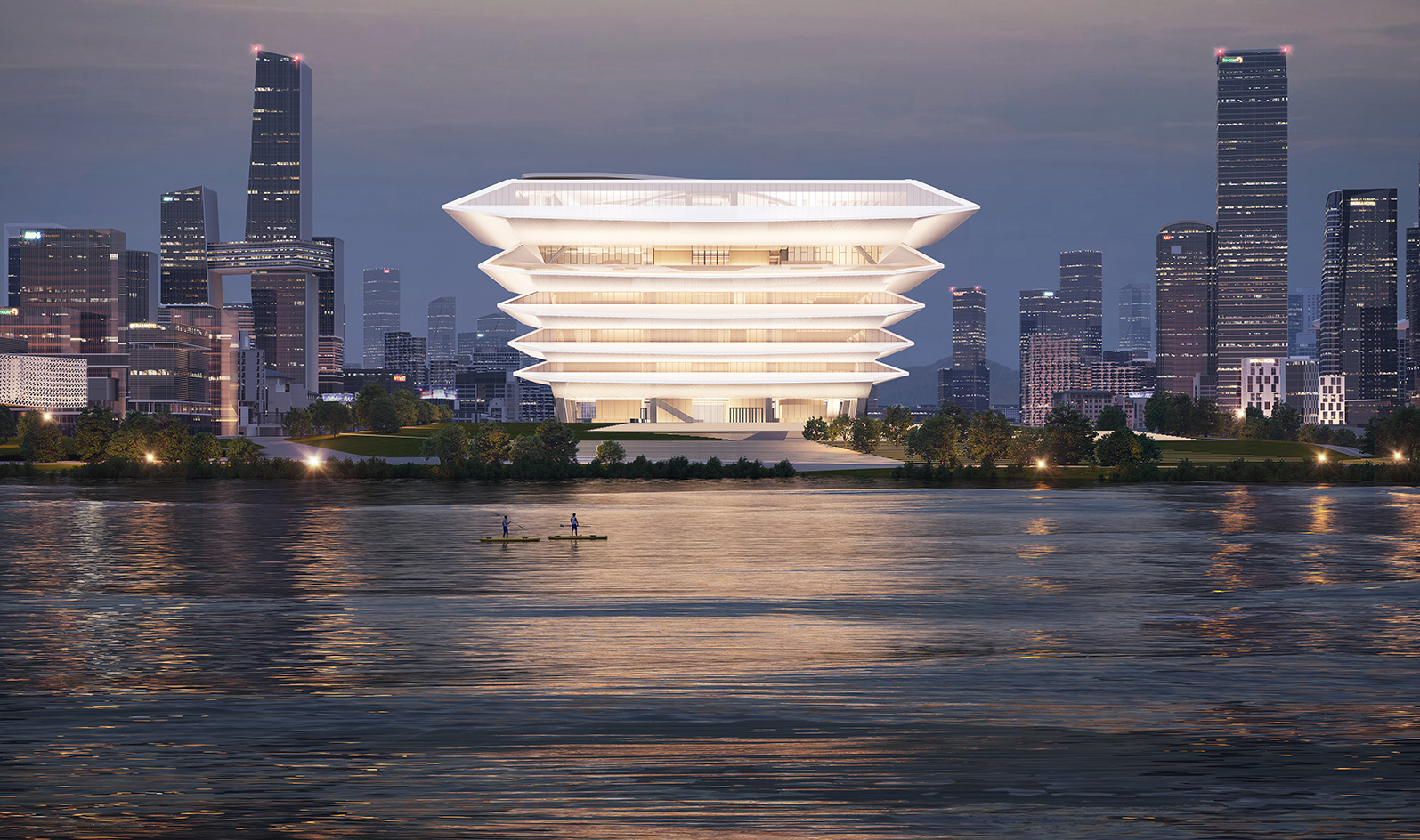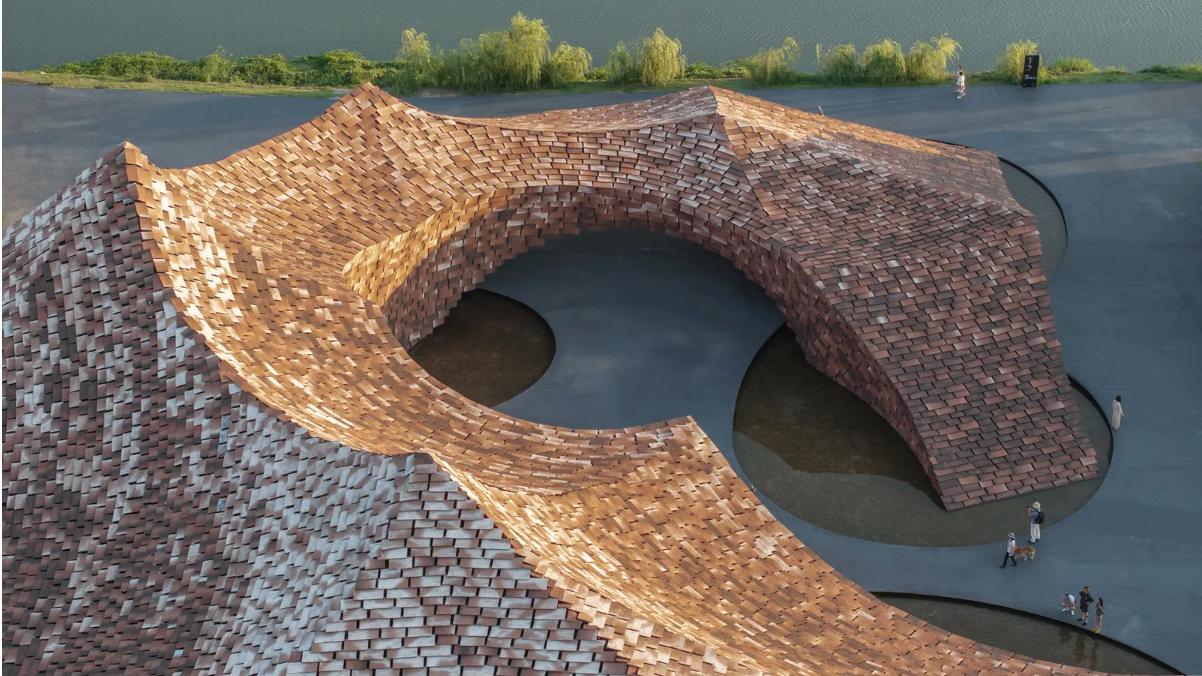Japanese architect Arata Isozaki wins the Pritzker Prize 2019

Arata Isozaki has won the Pritzker Prize 2019. The Japanese architect, born in 1931, is known for his style that combines postmodernism and metabolism with technology. His work has shaped public life across the world through a focus on cultural architecture from concert halls in Kyoto, Barcelona and Thessaloniki, to museums and art galleries such as the Museum of Contemporary Art (MOCA) Los Angeles. Isozaki is the 46th laureate and eighth architect from Japan to win the Pritzker Prize.
His architectural work has now spanned six decades and the Prizker jury recognise him for his contribution to pioneering a global approach to architecture. ‘Isozaki was one of the first Japanese architects to build outside of Japan during a time when western civilizations traditionally influenced the East, making his architecture—which was distinctively influenced by his global citizenry—truly international. In a global world, architecture needs that communication,’ said Tom Pritzker, chairman of the Hyatt Foundation.
‘I wanted to see the world through my own eyes, so I traveled around the globe at least ten times before I turned thirty’ – Arata Isozaki
Isozaki set up his own practice, Arata Isozaki & Associates in 1963, after studying at the University of Tokyo and developing his professional knowlegde working under Kenzo Tange. He set up a branch of his practice in Italy in 2005 with Andrea Maffei, which reflected his experience of working across continents and successfully bridging cultures through architecture by designing contextually-specific solutions for each project.
‘I wanted to see the world through my own eyes, so I traveled around the globe at least ten times before I turned thirty. I wanted to feel the life of people in different places and visited extensively inside Japan, but also to the Islamic world, villages in the deep mountains of China, South East Asia, and metropolitan cities in the U.S. I was trying to find any opportunities to do so, and through this, I kept questioning, "what is architecture?"’ says Isozaki.
His notable works include the Ōita Prefectural Library, Japan, completed in 1966; the MOCA, Los Angeles, completed in 1986; the Kyoto Concert Hall, completed in 1995; the Shenzhen Cultural Centre, completed 2007; and the Allianz Tower in Milan, completed in 2015 with his partner Andrea Maffei.

Palau Sant Jordi at Montjuic, Barcelona, Spain, 1990.
One of his most well-known works, the Art Tower in Mito in Ibaraki, Japan completed in 1990. Rising like an electrical charge nearly 100m into the sky, this tower is part of an arts complex in Mito, Japan that includes a concert hall, theatre and a contemporary art gallery. The landmark geometric tower is based on the tetra-helix shape. The piece was commissioned by Mito City, located 120km from Tokyo, to celebrate its 100th anniversary.
He designed the Palau Sant Jordi at Montjuic, Barcelona, for the Barcelona Olympic Games also in 1990. This sporting arena has become a social, sporting and musical hub for the city – holding 24,000 in its concert hall. Sitting atop the Montjuic mountain, it is a friendly, curving form that sought to fuse influence of the east and west to create a new sense of international modernity. It also made sure to reach the highest technical achievement through modern engineering, including the use of mechanised materials for a flexible venue that is still central to the life of the city today.
Considered the highest architectural accolade, the annual Pritzker award honours ‘a living architect or architects whose built work demonstrates a combination of those qualities of talent, vision, and commitment, which has produced consistent and significant contributions to humanity and the built environment through the art of architecture’ and consists of a prize of $100,000 (US) and a bronze medallion.
Receive our daily digest of inspiration, escapism and design stories from around the world direct to your inbox.

The Art Tower in Mito by Isozaki, Ibaraki, Japan, 1990.
INFORMATION
For more information, visit the Pritzker Prize website
Harriet Thorpe is a writer, journalist and editor covering architecture, design and culture, with particular interest in sustainability, 20th-century architecture and community. After studying History of Art at the School of Oriental and African Studies (SOAS) and Journalism at City University in London, she developed her interest in architecture working at Wallpaper* magazine and today contributes to Wallpaper*, The World of Interiors and Icon magazine, amongst other titles. She is author of The Sustainable City (2022, Hoxton Mini Press), a book about sustainable architecture in London, and the Modern Cambridge Map (2023, Blue Crow Media), a map of 20th-century architecture in Cambridge, the city where she grew up.
-
 Why are the most memorable watch designers increasingly from outside the industry?
Why are the most memorable watch designers increasingly from outside the industry?Many of the most striking and influential watches of the 21st century have been designed by those outside of the industry’s mainstream. Is it only through the hiring of external designers that watch aesthetics really move on?
-
 This Fukasawa house is a contemporary take on the traditional wooden architecture of Japan
This Fukasawa house is a contemporary take on the traditional wooden architecture of JapanDesigned by MIDW, a house nestled in the south-west Tokyo district features contrasting spaces united by the calming rhythm of structural timber beams
-
 At last: a London hotel that’s great for groups and extended stays
At last: a London hotel that’s great for groups and extended staysThe July London Victoria, a new aparthotel concept just steps away from one of the city's busiest rail stations, is perfect for weekends and long-term visits alike
-
 The RIBA Asia Pacific Awards reward impactful, mindful architecture – here are the winners
The RIBA Asia Pacific Awards reward impactful, mindful architecture – here are the winnersThe 2025 RIBA Asia Pacific Awards mark the accolade’s first year – and span from sustainable mixed-use towers to masterplanning and housing
-
 RIBA House of the Year 2025 is a ‘rare mixture of sensitivity and boldness’
RIBA House of the Year 2025 is a ‘rare mixture of sensitivity and boldness’Topping the list of seven shortlisted homes, Izat Arundell’s Hebridean self-build – named Caochan na Creige – is announced as the RIBA House of the Year 2025
-
 A revived public space in Aberdeen is named Scotland’s building of the year
A revived public space in Aberdeen is named Scotland’s building of the yearAberdeen's Union Terrace Gardens by Stallan-Brand Architecture + Design and LDA Design wins the 2025 Andrew Doolan Best Building in Scotland Award
-
 At the Holcim Foundation Forum and its Grand Prizes, sustainability is both urgent and hopeful
At the Holcim Foundation Forum and its Grand Prizes, sustainability is both urgent and hopefulThe Holcim Foundation Forum just took place in Venice, culminating in the announcement of the organisation's Grand Prizes, the projects especially honoured among 20 previously announced winning designs
-
 Archiboo Awards 2025 revealed, including prizes for architecture activism and use of AI
Archiboo Awards 2025 revealed, including prizes for architecture activism and use of AIArchiboo Awards 2025 are announced, highlighting Narrative Practice as winners of the Activism in architecture category this year, among several other accolades
-
 RIBA launches new awards – and for the first winners, we look to the Middle East
RIBA launches new awards – and for the first winners, we look to the Middle EastThe RIBA Middle East Award winners are announced today. The first of the organisation's two new territory awards series honours a women-only mosque, a luxury hotel, a city park and more
-
 RIBA Stirling Prize 2025 winner is ‘a radical reimagining of later living’
RIBA Stirling Prize 2025 winner is ‘a radical reimagining of later living’Appleby Blue Almshouse wins the RIBA Stirling Prize 2025, crowning the social housing complex for over-65s by Witherford Watson Mann Architects, the best building of the year
-
 Are these the best brick and ceramic buildings in the world?
Are these the best brick and ceramic buildings in the world?The biannual Brick Award is back. Discover the shortlist of innovative buildings across the world, designed by architects thinking outside the box